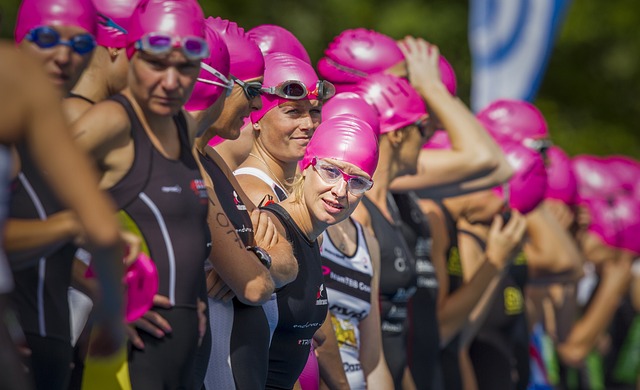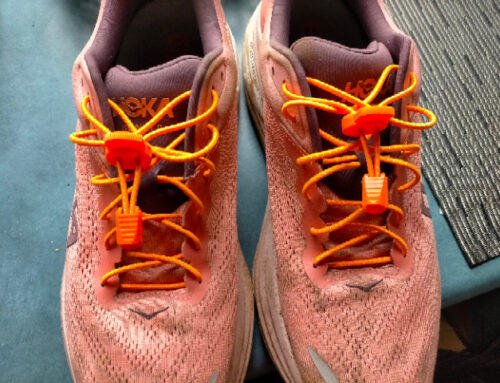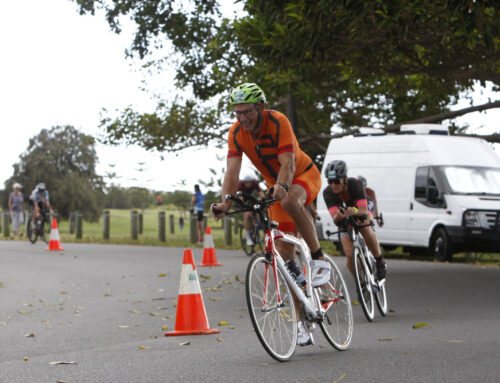
Time Trials Overview
The basic idea is to do a run Time Trial (TT) once a month because over time this gives you a really great idea where your performance stands for the discipline(s) you compete in. As a triathlete this of course means swim, bike and run.
The exception – in any month you’re competing you really don’t want to do any TTs, since what better performance indicator is there there than Competition!
Time Trial Protocols
Based on a recent suggestion I have changed the time trials (TT) from time based to distance based for ride and run. The reason put forward is mainly based on the fact that it’s very convenient to participate in a Park Run, which get held in many locations around Australia to complete a 5km TT!
Objective
Run or ride as fast as possible for the chosen TT distance, by maintaining a steady and challenging pace that reflects your maximum sustainable effort for the given distance. This TT delivers a triple whammy data result because this TT is good for threshold heart rate, power and pace.
5km Time Trial Protocol
You will need your Garmin or your choice of smart watch to record the TT data, if you have use your heart rate strap for more accurate results.
Warm-Up (15–20 minutes)
- Easy Jog (5–7 minutes)
- Start with a slow, conversational pace (heart rate zone 2) to loosen up your muscles.
- Dynamic Stretches (5 minutes)
- Leg swings: Forward/backward (10 each leg)
- High knees: 30 seconds
- Butt kicks: 30 seconds
- Lunges with torso twist: 5 reps per side
- Strides (3 x 20–30 seconds)
- Run at 80–90% of your max effort for 20–30 seconds.
- Walk or jog for 30 seconds between each stride.
5km Time Trial
- Start the Test
- Begin at a pace you feel you can sustain for the full 5km.
- Avoid starting too fast; aim for a consistent effort throughout.
- Midway Check (10 – 15 minutes in)
- Assess your effort. Adjust slightly if you feel you’ve started too conservatively, but avoid burning out.
- Finish Strong
- For the final km, push harder if you have the energy, aiming for a controlled increase in pace.
Cool-Down (10–15 minutes)
- Easy Jog or Walk (5–7 minutes)
- Gradually lower your heart rate and ease out of the intensity.
- Static Stretches (5–8 minutes)
- Hamstring stretch: 20–30 seconds per leg
- Quad stretch: 20–30 seconds per leg
- Calf stretch: 20–30 seconds per leg
- Hip flexor stretch: 20–30 seconds per leg
- Lower back stretch (child’s pose): 30 seconds
Tips for Accurate Results
- Use a GPS watch or track to measure your distance.
- Perform the test on a flat, even surface (athletics track or footy oval ) to eliminate variables.
- Record your distance and average pace to calculate metrics like VO2 max estimate or training zones.
- Repeat the test once a month to track progress.
10km Time Trial
The protocol for a 10km TT only differs slightly from the 5km test, mostly the warm-up and pacing strategy.
Warm-Up (25–30 minutes total)
The longer test requires a more extensive warm-up to ensure your body is ready for sustained effort:
- 10–15 minutes easy running: Start at a conversational pace to gradually elevate your heart rate.
- Dynamic stretches (5 minutes): Focus on leg swings, lunges, high knees, and butt kicks.
- 3 x 1-minute pickups at goal pace: Insert 1-minute surges at your estimated 60-minute race pace, with 2 minutes of easy jogging in between.
- 2 minutes easy jogging: Let your heart rate settle before starting the time trial.
Time Trial Protocol
- Pacing Strategy:
- The key difference is pacing. For a 10km TT, start conservatively for the first 10–15 minutes (around 90–92% of your threshold pace or perceived effort of 6.5–7/10).
- Gradually settle into a rhythm you can sustain for the full duration.
- In the final 2-3 km, aim to pick up the pace if you have energy left, finishing at around 95–98% effort.
- Monitor Effort: Use heart rate or power (if available) to keep your effort steady.
Cool-Down (10–15 minutes total)
- 5–10 minutes easy jogging: Gradually slow your pace and bring your heart rate down.
- Static stretching (5 minutes): Focus on quads, hamstrings, calves, and hip flexors.
Additional Tips for a 10km TT:
- Fueling: Eat a light carbohydrate-based snack 1–2 hours before starting.
- Hydration: Drink water or an electrolyte drink beforehand and have some available post activity.
- Mental Focus: Break the hour into manageable chunks (e.g. 4 x 15 minutes) to help with pacing and motivation.
This protocol ensures you’re physically and mentally prepared for the longer effort while minimising the risk of burnout during the trial.







